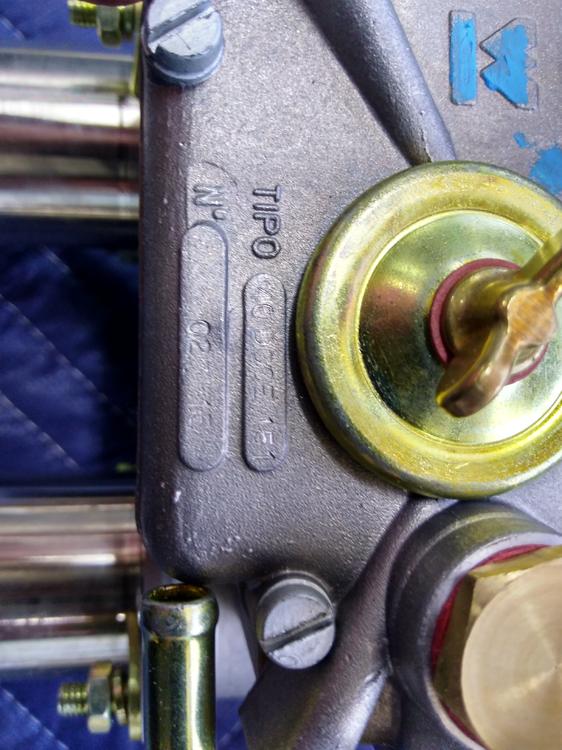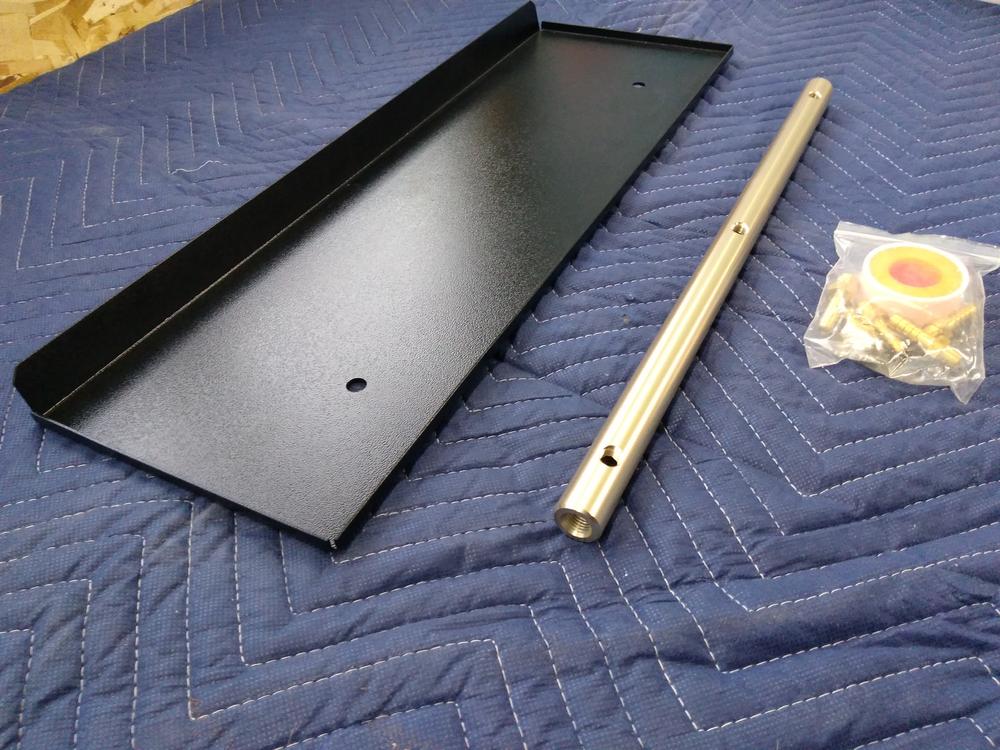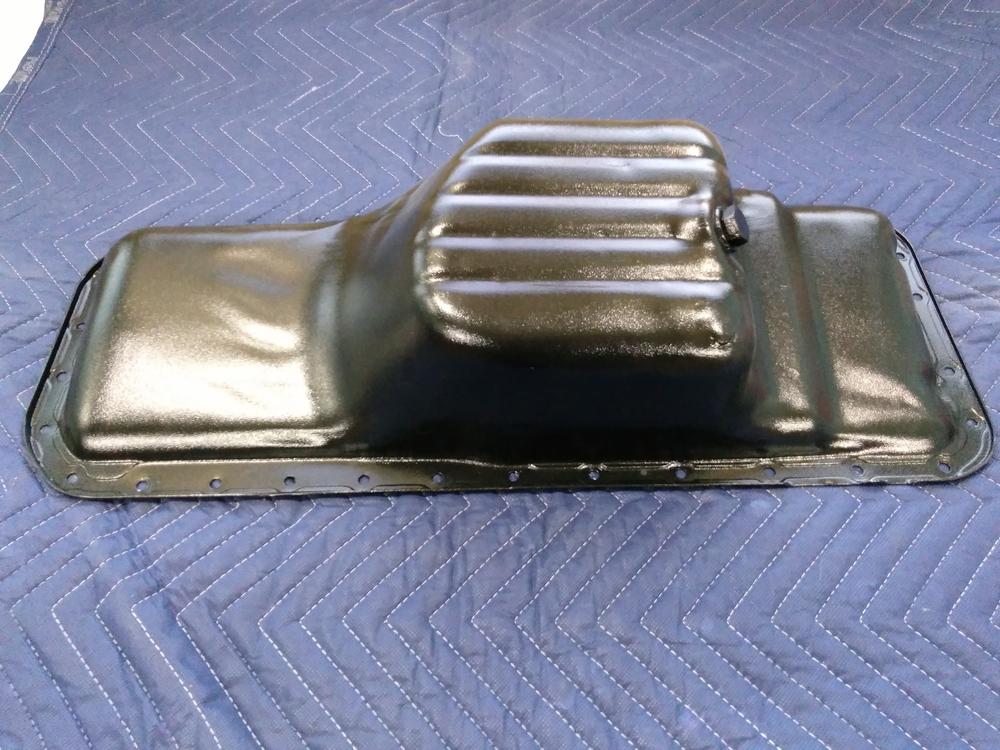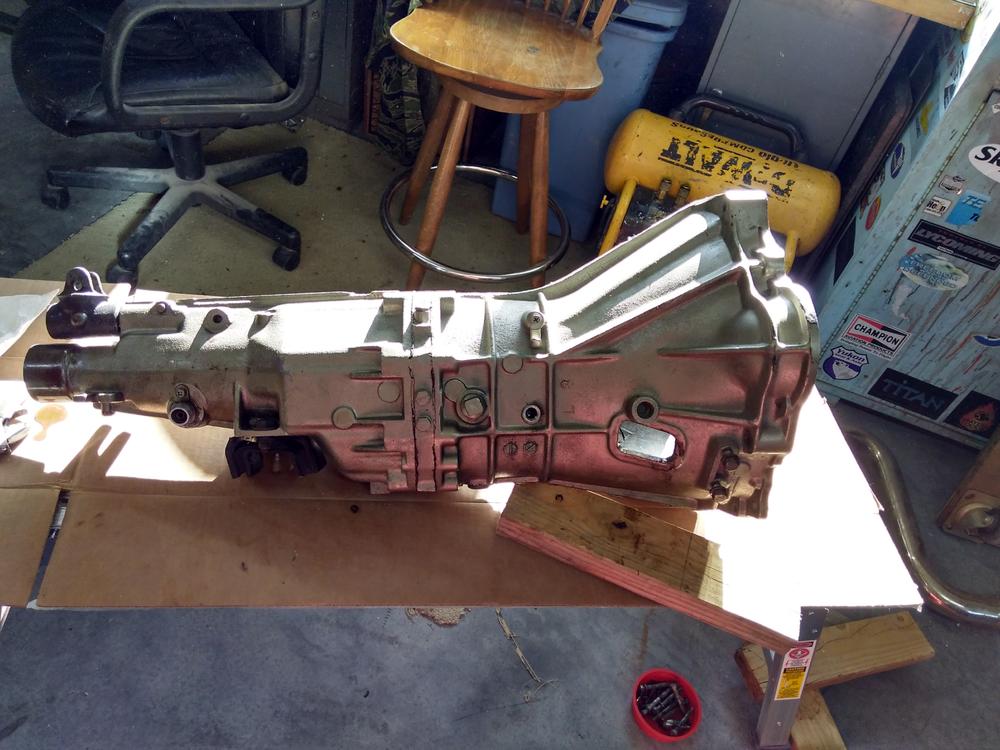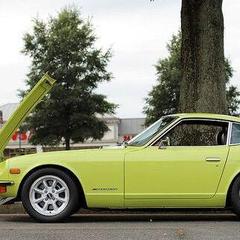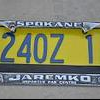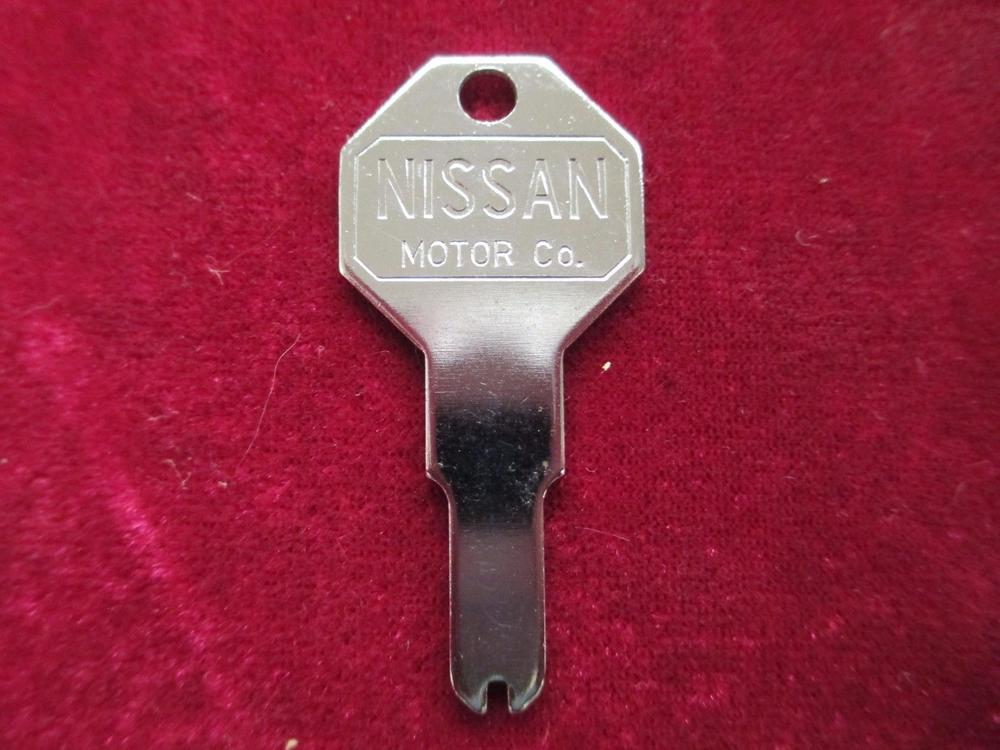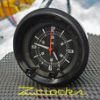Hey d3c0y,
If you measured the feed through to ground and it was shorted then one can surmise that the capacitor internal to the feed through was shorted. However, I have not seen one that was shorted , but I always measure the case to feed through just to make sure.
One question I still have is what is the capacitance of this feed through and what noise is trying to be eliminated, frequency?
I'm not sure this feed through is relevant to the OEM ckt bd as there are several internal caps on the subsequent ckt bd(s) that take care of this potential problem.
The OEM ckt boards have 3 revisions , C_D_E over the years, and I have tracked each trying to understand what they , JECO, was trying to do. Not sure if this feed through was very useful after the first revision other that a convenient place to connect the power wire (red) to the (green) motor power.
Not sure if it's relevant to your ckt bd , but what I have observed on the OEM bd is that there is only an input resistor for current limiting and a Zener pull down to clam the voltage. In my opinion if Jeco was concerned with noise then why didn't they address this in a ckt up front and the voltage, full wave rectifier. Subsequent clock manufactures , Kanto Seiki and Citizens both have DC filtering on their clocks.
One of my pet peeves is that Datsun protects the clock on a 10 amp fuse? Most clocks only require 15- 20 mili amps so why put it on a 10 AMP ckt!!! By the time the fuse blows the clock will be a puddle of metal. .The only protection in most clocks is a simple resistor that has to melt before it protects the ckt. I've seen this in the std clocks, calendar and the 2-knob rally clocks. The clocks in my cars are all fused on 1/4 amp fuses and that is still high .Not that there is a problem, but come on 10 amps! All the 240 and 280 clocks are fused on 10 amps by Datsun .
Anyway. enough of my ranting. Hope this was of interest to someone.
Ron (Zclocks)

 Subscriber
Subscriber 1Points3,747Posts
1Points3,747Posts




